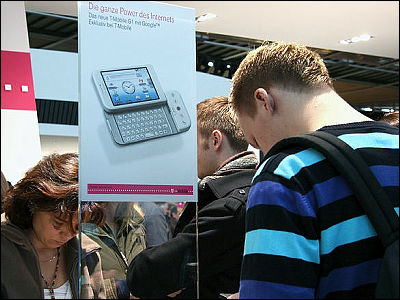The Internet's collective intelligence uncovers the fakery of an 'Apple employee ID card' put up for auction

An Apple employee ID bearing employee number 10 was listed on eBay. However, it turned out to be a fake, and software developer and blogger Cabel Maxfield Susser has compiled a summary of how it was discovered.
The Forged Apple Employee Badge – cabel.com
Eric Vitiello, a software engineering manager at Apple, discovered the Apple employee ID card being listed on eBay.
The bearer of the ID, Shelley Livingston, is indeed employee number 10, and the lamination and attached internal staffing diagram have both aged and looked genuine.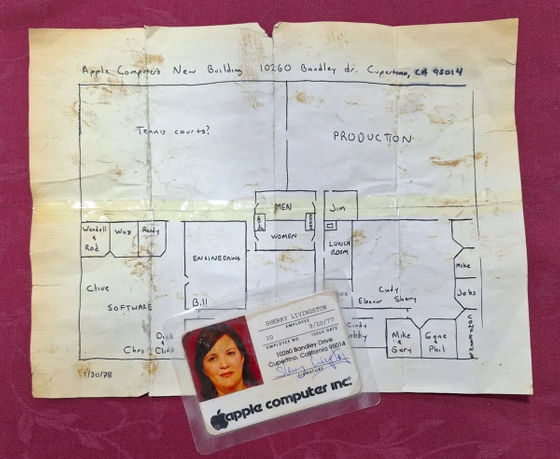
But when Sasser looked more closely, he noticed some inconsistencies. For example, the scratches on the ID card looked like it had been rubbed with sandpaper, and the stains on the layout diagram looked excessive.
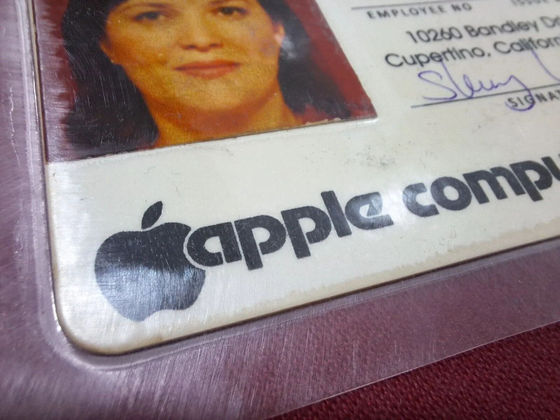
But what really caught Sasser's eye was the text: Given the era, this ID card was likely made before

Meanwhile, Chris Espinosa, Apple employee number 8 and known to be the company's longest serving employee, appeared and declared, 'Both the employee ID and the floor plan are fake.'
According to Espinosa, the woman in the ID card is not the real Livingston, and he also points out that the laminate dimensions are different, the photo was not taken with a flash Polaroid camera, the letters are not the typing elements of an IBM typewriter, and the layout diagram is not an original sketch by Espinosa.
Below is a genuine employee ID card.
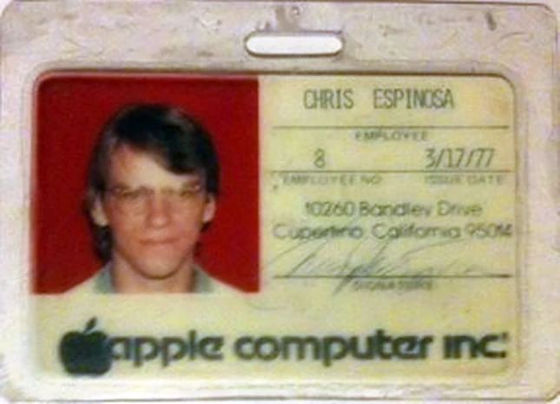
So Sasser contacted the seller to ask if he could prove the authenticity of the item, and received a surprising reply: that he had bought it from the German Red Cross.

A few hours after contacting the seller, he sent me a photo of a receipt from the German Red Cross as proof of purchase. The seller said that the employee ID in question was purchased at a charity auction during a trip to Germany in 2001.
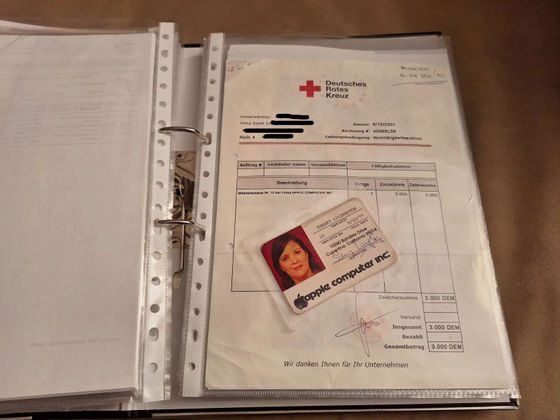
But this evidence still seemed contrived, so Sasser decided to rely on the collective intelligence of the crowd by posting the photo on social media, which uncovered phrases that are not commonly used in Germany and the absence of a mention of VAT, which is supposed to be on German receipts.
When Sasser pointed out that the evidence was also fake, the seller stopped contacting him, but to make matters worse, the fake ID sold for $946 before he could publish his story in a blog post.
'My heartfelt condolences to anyone who paid $946 for a funny but fictitious employee badge,' Sasser wrote in the blog post. 'This should serve as a lesson to beware of scams involving Apple's history, to never buy anything from this seller in particular, and when in doubt, to turn to the Internet.'
Related Posts:
in Note, Posted by log1l_ks







